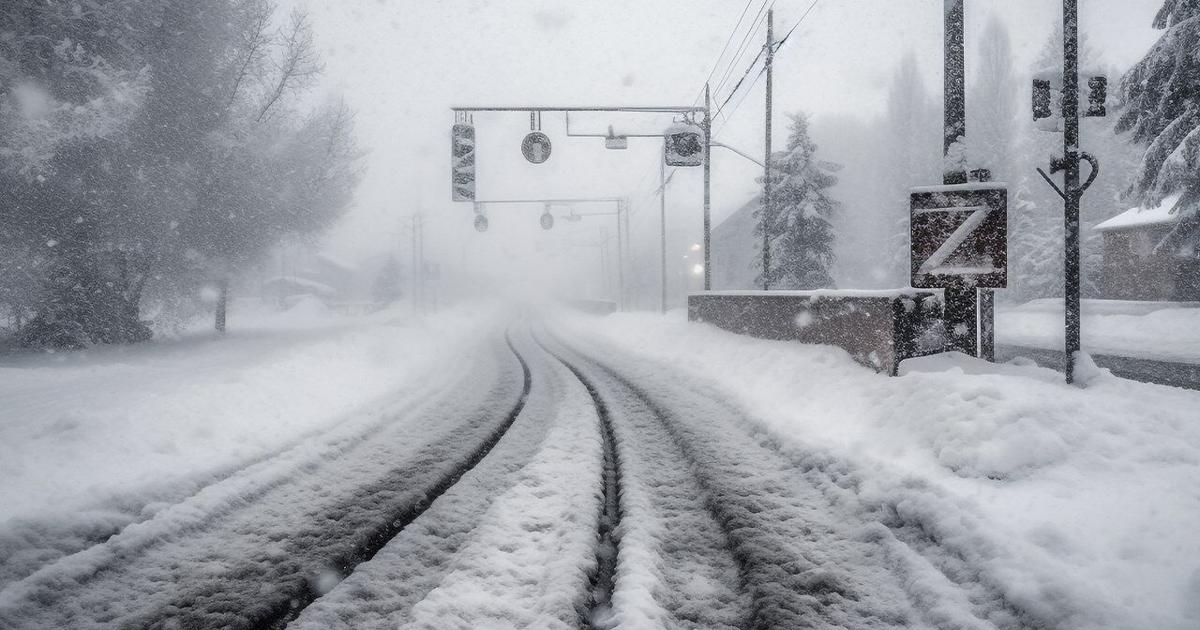Beneath Florence, ‘a sunken Rome’
I have been living and teaching in Florence on and off over the past four years, negotiating travel (and teaching) during the pandemic. When I flew to Rome in August 2020, clutching a folder of documents to show I was not a tourist, I found the flight scary, but I was overjoyed to see that the world was still there. Now, with vaccines and boosters, travel feels like a chance to connect, to hear art and history whisper to you directly as you experience places in person, or as Italians say, “in presenza.”
Attuned to art and history, McCarthy writes in “The Stones of Florence” that “beneath the surface of Florence lies a sunken Rome,” so to look past the Renaissance recreations of antiquity and back to the classical origins of the city, I went with her to San Miniato al Monte, a medieval basilica built in the 11th century on the highest point of a hill overlooking the city. The views over Florence and the Duomo are even more splendid than those from the nearby Piazzale Michelangelo, and in the crypt of the church, as McCarthy promised, was a “petrified forest” of the assorted Roman columns and capitals that had been incorporated into the church.
I let her take me to the church of Santa Maria Novella, to admire the facade, pointing out the scientific instruments embedded on either side, a gnomon and an astrolabe, and also another very important Masaccio fresco. In the arrangement of the figures and the cross in this Trinity fresco, McCarthy finds “the great ordered plan of Nature embraced in a single design,” comparing the fresco to a proof in philosophy or mathematics: “an equilateral triangle is inscribed within an arched figure which is inscribed within a rectangle; and the centre, the apex of the triangle, and the summit of all things is the head of God the Father.”
McCarthy’s project before Florence was the incisive “Memories of a Catholic Girlhood,” in which she stakes her claim as a commentator on Catholicism, discussing how religion had offered mystery and beauty during a complex and often harsh childhood. I wish she could climb up the scaffolding in the Brancacci chapel, where she was particularly moved by “the stumpy body and gaping mouth of Eve as she is driven, howling, from the Garden,” which made McCarthy reflect on “all the horror and deformity of the human condition.”
Masaccio again makes you think about the relations between Renaissance art and sculpture; his great innovations included the heavy sculptural presence of the bodies he painted, and also the first use of vanishing point perspective; the literary historian Stephen Greenblatt in “The Rise and Fall of Adam and Eve,” writes: “Masaccio’s unforgettable figures depend … on their overwhelming sense of embodiment, an illusion of actuality conjured up by perspective and heightened by the shadows … ”
McCarthy found redemption in the similarly realistic details that Masaccio painted into other figures in the chapel, the cripple being healed, or the old woman receiving alms, a “universal truthfulness that shows the whole expanse of the world, fair and foul alike.”





















Discussion about this post